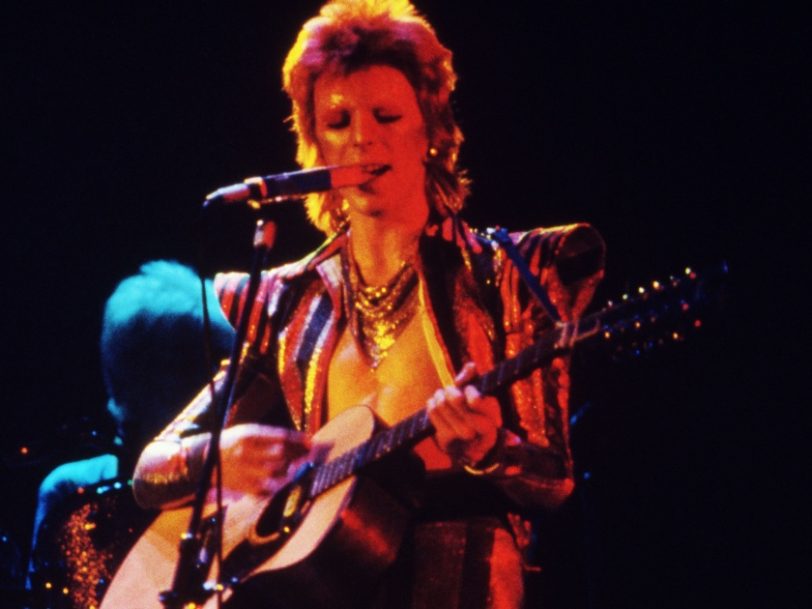David Bowie had scored a hit single before he released Starman in the spring of 1972, but that had been three years earlier. Yet despite having gone to No.5 with Space Oddity – and subsequently issuing three albums, among them the career landmark Hunky Dory – little else had troubled the charts. However, Starman was tailor-made to relaunch Bowie’s career ahead of the release of his era-defining album The Rise And Fall Of Ziggy Stardust And The Spiders From Mars, even if it was only penned as a last-minute addition to replace a cover of an old Chuck Berry tune initially shuffled into the album’s tracklist.
Listen to the best of David Bowie here.
“It was at that point that the Ziggy concept finally happened”
Moving at his typically fast pace, Bowie had more or less finished recording the Ziggy Stardust album by the end of the previous year, before Hunky Dory had even been released. But while he waited for the industry cogs to turn and a space to be made for a record that would do more than any other to kick-start the 70s, his then record label, RCA, sent word back: the album had promise, but it didn’t have a single on it. “So David went off and wrote what he called Somewhere Over The Rainbow. His Starman song,” Robin Mayhew, Bowie’s soundman for live shows, told Paul Trynka for the Bowie biography that would take its name from this new song.
“It was at that point that the [Ziggy] concept finally happened,” the album’s producer, Ken Scott, added. “It was the perfect single.”




